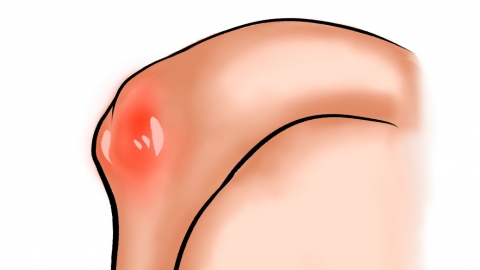What disease is characterized by high uric acid levels?
Generally speaking, high uric acid is not an independent disease itself, but rather a common metabolic abnormal condition. It is recommended to seek timely medical advice, identify the underlying cause, and then undergo symptomatic treatment under a doctor's guidance. A detailed explanation is as follows:

High uric acid typically refers to uric acid levels in the blood exceeding the normal range, a condition known as hyperuricemia. Hyperuricemia itself is not a disease, but it is a primary risk factor for gout and uric acid kidney stones. When uric acid concentration in the body is too high, urate crystals may deposit in the joints, triggering an acute inflammatory response, which can cause severe pain, redness, and warmth—most commonly affecting the big toe, although other joints may also be involved. Consuming large amounts of purine-rich foods combined with insufficient uric acid excretion may increase the amount of uric acid produced during metabolism, thereby elevating blood uric acid levels.
The treatment of high uric acid typically involves a comprehensive approach aimed at lowering uric acid levels, alleviating symptoms, and preventing complications. Dietary adjustments should include reducing intake of purine-rich foods while increasing consumption of low-purine foods such as vegetables and fruits.





